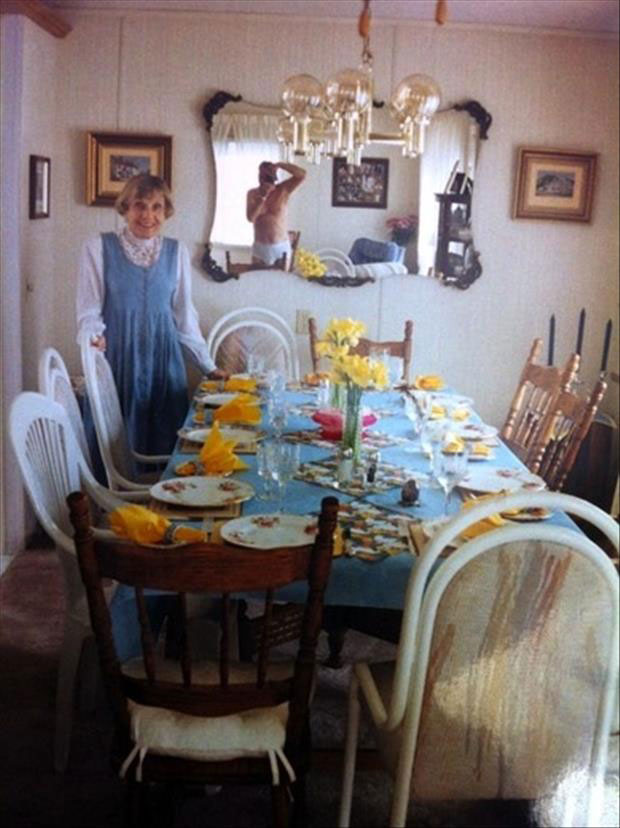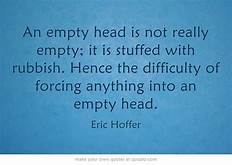Photography, the process not the result, used to be complex, expensive and available only to a few. Then cameras became simpler to operate. That made them more portable and suited to action shots, rather than a stiff portrait. Soon photographers were capturing notable people and events. Some examples below.

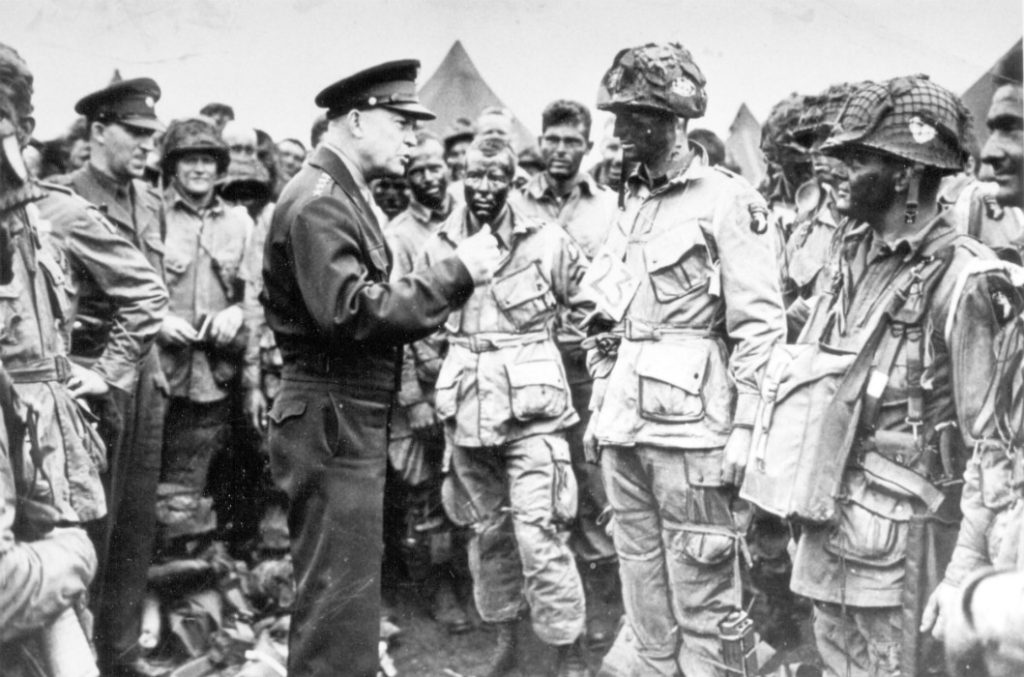
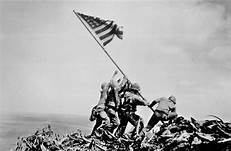
Taking a photograph was a two step process. First, one had to capture the scene. Then the exposed film had to be turned over to a technician so that the image could be developed. Photographers such as Ansel Adams demonstrated that the composition of the image carried over into the dark room. The photo below demonstrates the intersection of the scene and the darkroom.
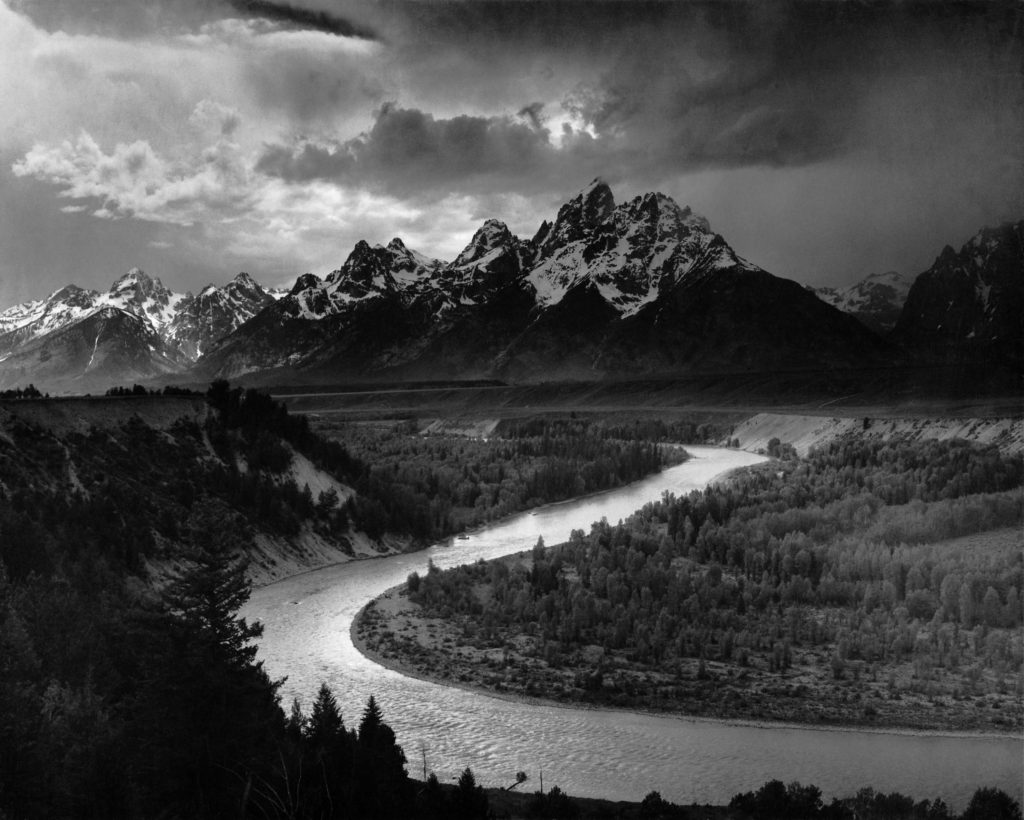
There was a second benefit to photography in the age of film. One was cost, the photographer had to pay to have photos developed and pay for replacement film. The cost associated had to play on the mind of the photographer. Was this picture worth it? Secondly, there were some images that film processors just wouldn’t print.
With the advent of digital imagery, those barriers no longer exist. Rather than creating new creative opportunities, it has had the opposite effect. The photos below are what happens when there are no restraints.

